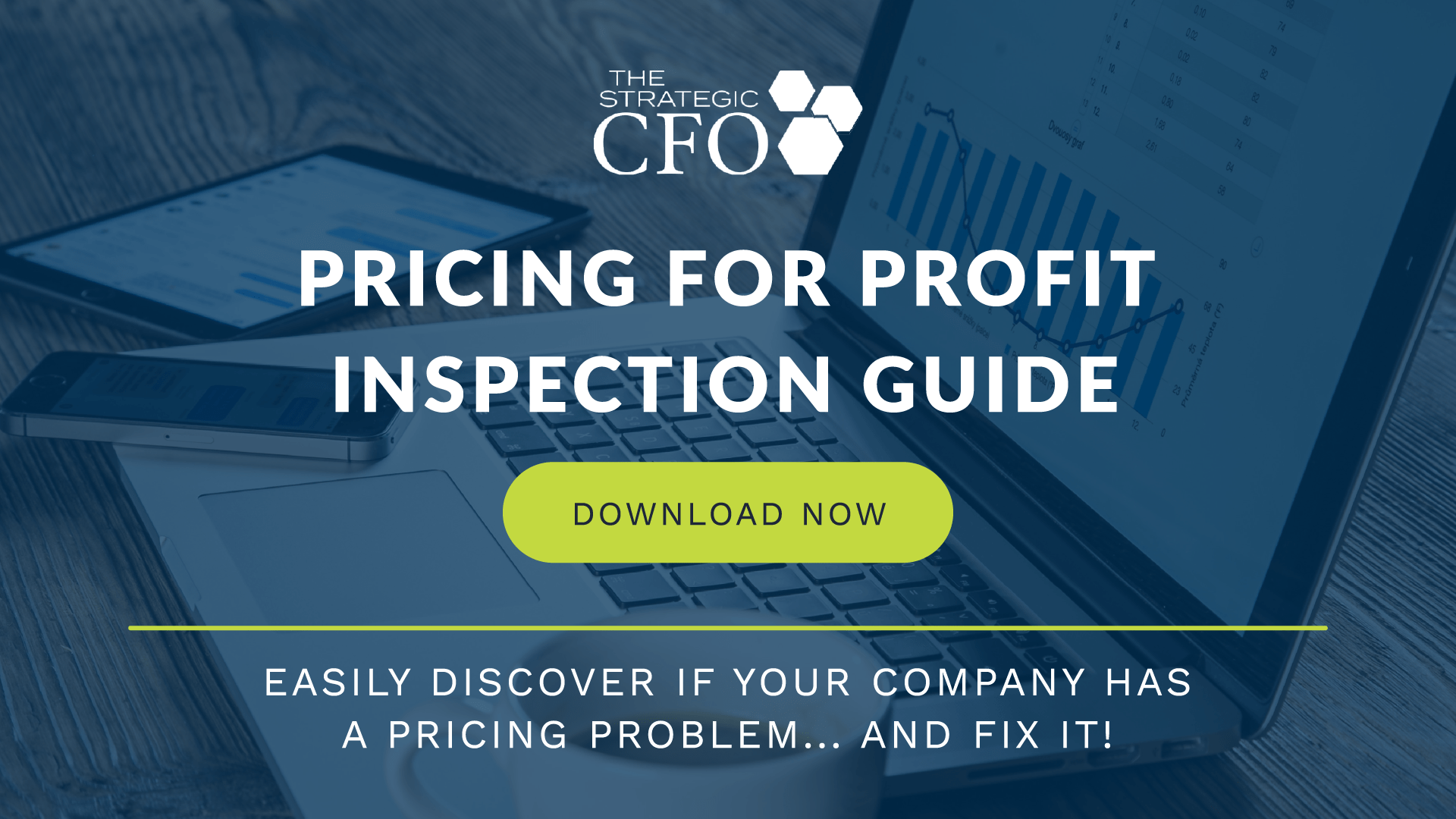See Also:
Margin vs Markup
Markup Percentage Calculation
Retail Markup
Gross Profit Margin Ratio Analysis
Net Profit Margin Analysis
Margin Percentage Definition
Gross margin defined is Gross Profit/Sales Price. All items needed to calculate the gross margin percentage can be found on the income statement. The margin percentage often refers to sales or profitability which may help lead to several key understandings about the company’s business model as well as how successful the company is at maintaining its cost structure to gain the proper amount of sales. Analysis of margins within a business is often useful in controlling the price in which you need to sale as well as a control on the cost associated to make the sale. Look at the following margin percentage calculation process.
[box](NOTE: Want the Pricing for Profit Inspection Guide? It walks you through a step-by-step process to maximizing your profits on each sale. Get it here!)[/box]
How to Calculate Margin Percentage
In this example, the gross margin is $25. This results in a 20% gross margin percentage:
Gross Margin Percentage = (Gross Profit/Sales Price) X 100 = ($25/$125) X 100 = 20%
Not quite the “margin percentage” we were looking for. So, how do we determine the selling price given a desired gross margin? It’s all in the inverse…of the gross margin formula, that is. By simply dividing the cost of the product or service by the inverse of the gross margin equation, you will arrive at the selling price needed to achieve the desired gross margin percentage.
For example, if a 25% gross margin percentage is desired, then the selling price would be $133.33 and the markup rate would be 33.3%:
Sales Price = Unit Cost/(1 – Gross Margin Percentage) = $100/(1 – .25) = $133.33
Markup Percentage = (Sales Price – Unit Cost)/Unit Cost = ($133.33 – $100)/$100 = 33.3%
Margin Percentage Calculation Example
Look at the following margin percentage calculation example. Glen charges a 20% markup on all projects for his computer and software company which specializes in office setup. Glen has just taken a job with a company that wants to set up a large office space. The total cost needed to set up the space with computer and the respective software is $17,000. With a markup of 20% the selling price will be $20,400(see markup calculation for details). The margin percentage can be calculated as follows:
Margin Percentage = (20,400 – 17,000)/20,400 = 16.67%
Using what you’ve learned from how to calculate your margin percentage, the next step is to download the free Pricing for Profit Inspection Guide. Easily discover if your company has a pricing problem and fix it.
[box]Strategic CFO Lab Member Extra
Access your Strategic Pricing Model Execution Plan in SCFO Lab. The step-by-step plan to set your prices to maximize profits.
Click here to access your Execution Plan. Not a Lab Member?
Click here to learn more about SCFO Labs[/box]

























